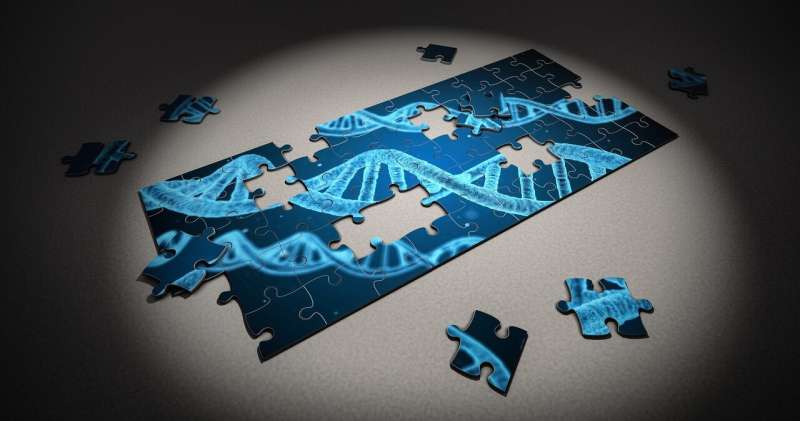November 12, 2019 report
Using CRISPR for dose-dependent activation of gene expressions

A team of researchers affiliated with several institutions in the U.S. has developed a way to use the CRISPR gene editing technique for dose-dependent activation of gene expressions. In their paper published in the journal Nature Biotechnology, the group describes their technique for altering gene expression in an alternative way and how well it worked.
As the researchers note, prior research has shown that gene expression can be suppressed or activated using the CRISPR/Cas9 gene editing technique. But until now, it had not been used as a way to enable dose-dependent activation of gene expression. In this new effort, the researchers have found a way to do just that by making use of chemical epigenetic modifiers (CEMs) that were specifically designed to activate desired gene expression by using some parts of the endogenous chromatin-activating machinery. Doing so, they note, removed the necessity of exogenous transcriptional activators.
The new approach involved using two components; the first was Cas9, which was catalytically inactive along with the binding protein FKBP. The second was a CEM made with FK506, which was linked to a molecule that would interact with the desired cellular epigenetic machinery. More specifically, they created CEM-activating molecules that would find gene activating machinery, including CEM114, CEM87 and CEM88. Such molecules were meant to bind to different desired enzymes. Together, the two parts were used to activate gene expression in desired ways.
The researchers tested their system by infecting HEK293T cells with a fluorescent green protein and then performed cytometry on the cells that were expressing guide RNA and the inactive Cas9. They then tested activation of the gene using a plasmid expression along with one of the three chosen CEMs. Then they had to wait for two days to confirm that GFP expression was increased compared to cells that had not been treated. They also took a close look at the inactive Cas9 that had been treated with the CEMs to confirm that it was the CEM systems that were activating the GFP in the desired manner. In so doing, they found that treatment with CEM87 was the only test case that led to an increase in expression of GFP.
The researchers suggest their technique could be used in situations calling for dose-dependent activations of gene expression in validation studies.
More information: Anna M. Chiarella et al. Dose-dependent activation of gene expression is achieved using CRISPR and small molecules that recruit endogenous chromatin machinery, Nature Biotechnology (2019). DOI: 10.1038/s41587-019-0296-7
Journal information: Nature Biotechnology
© 2019 Science X Network




















